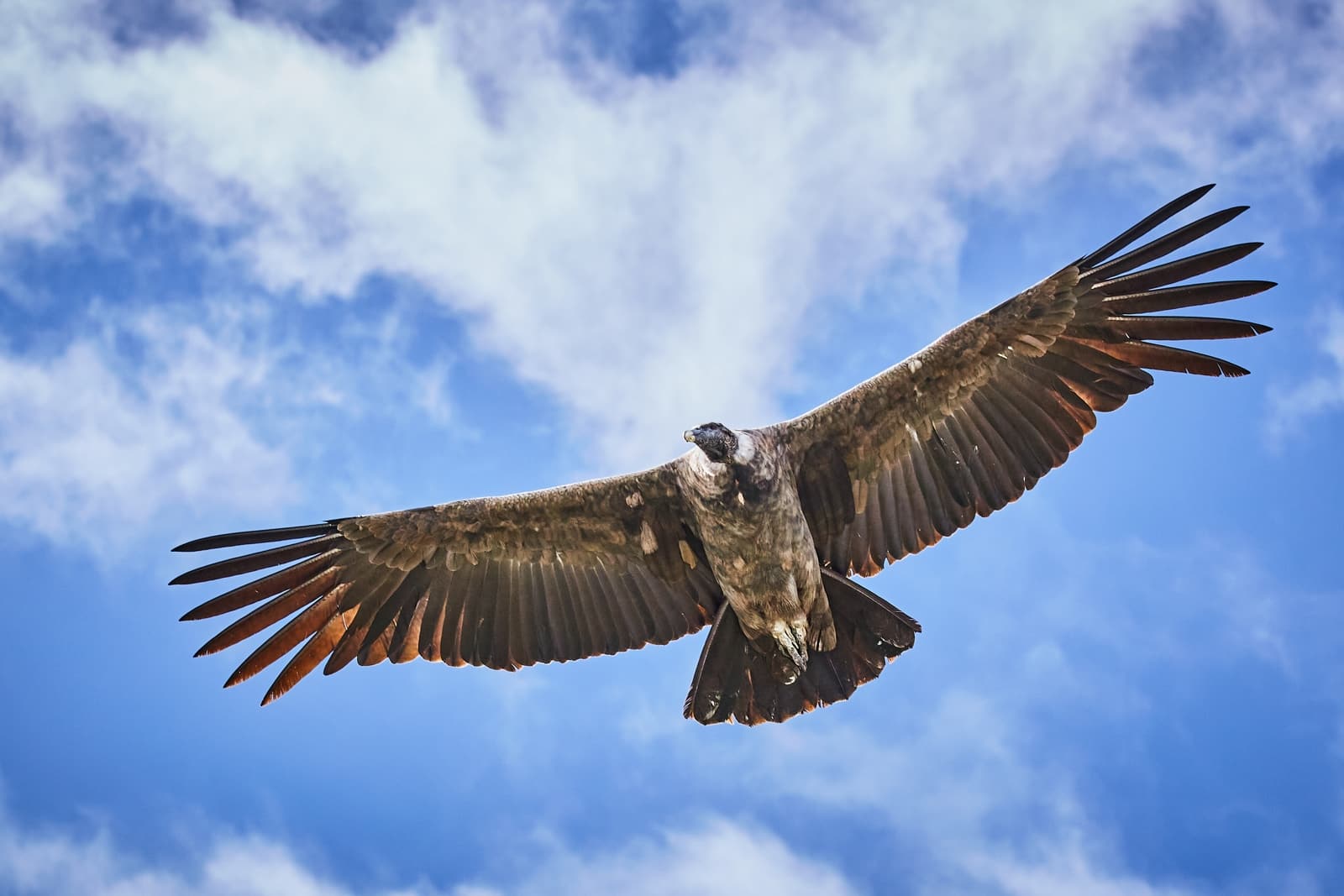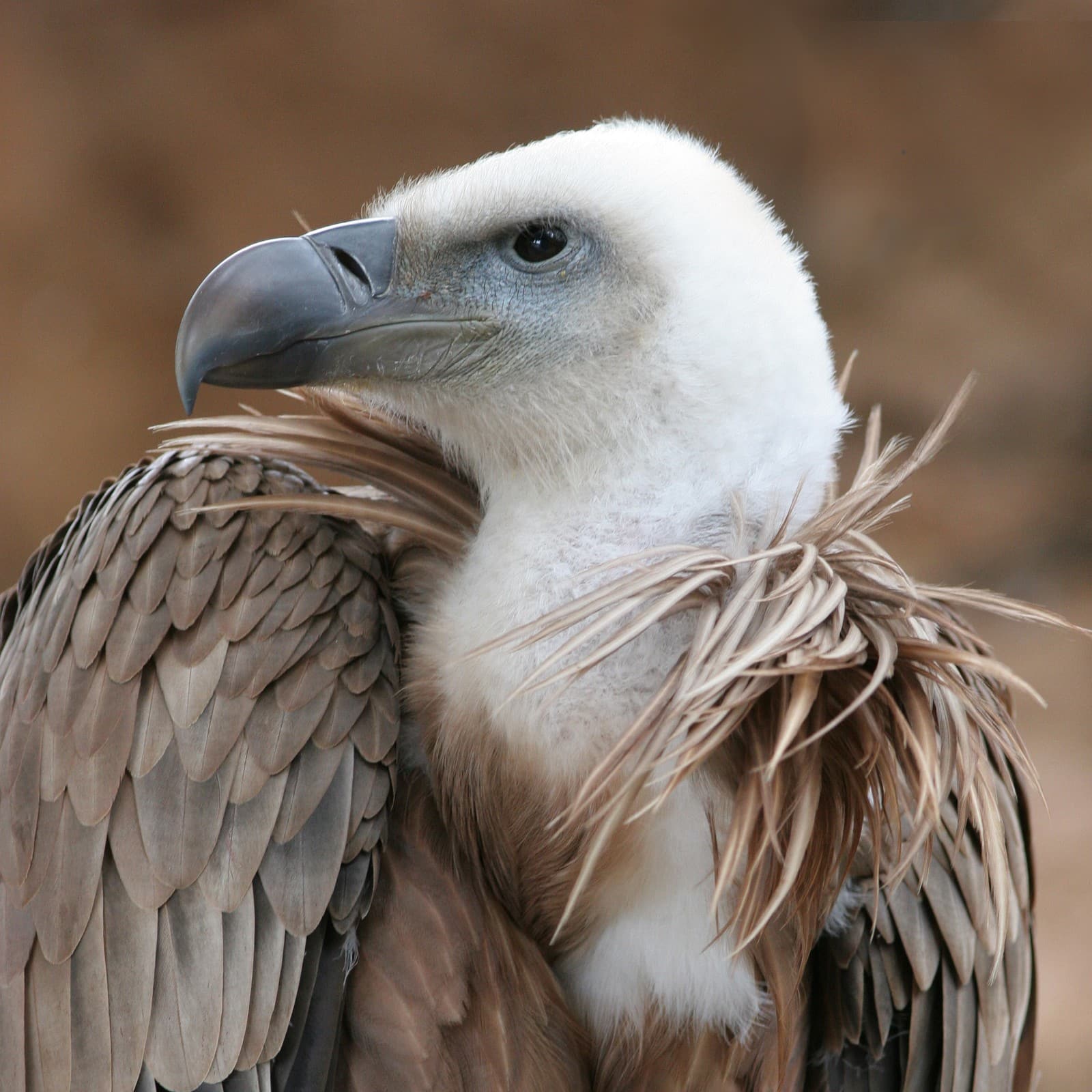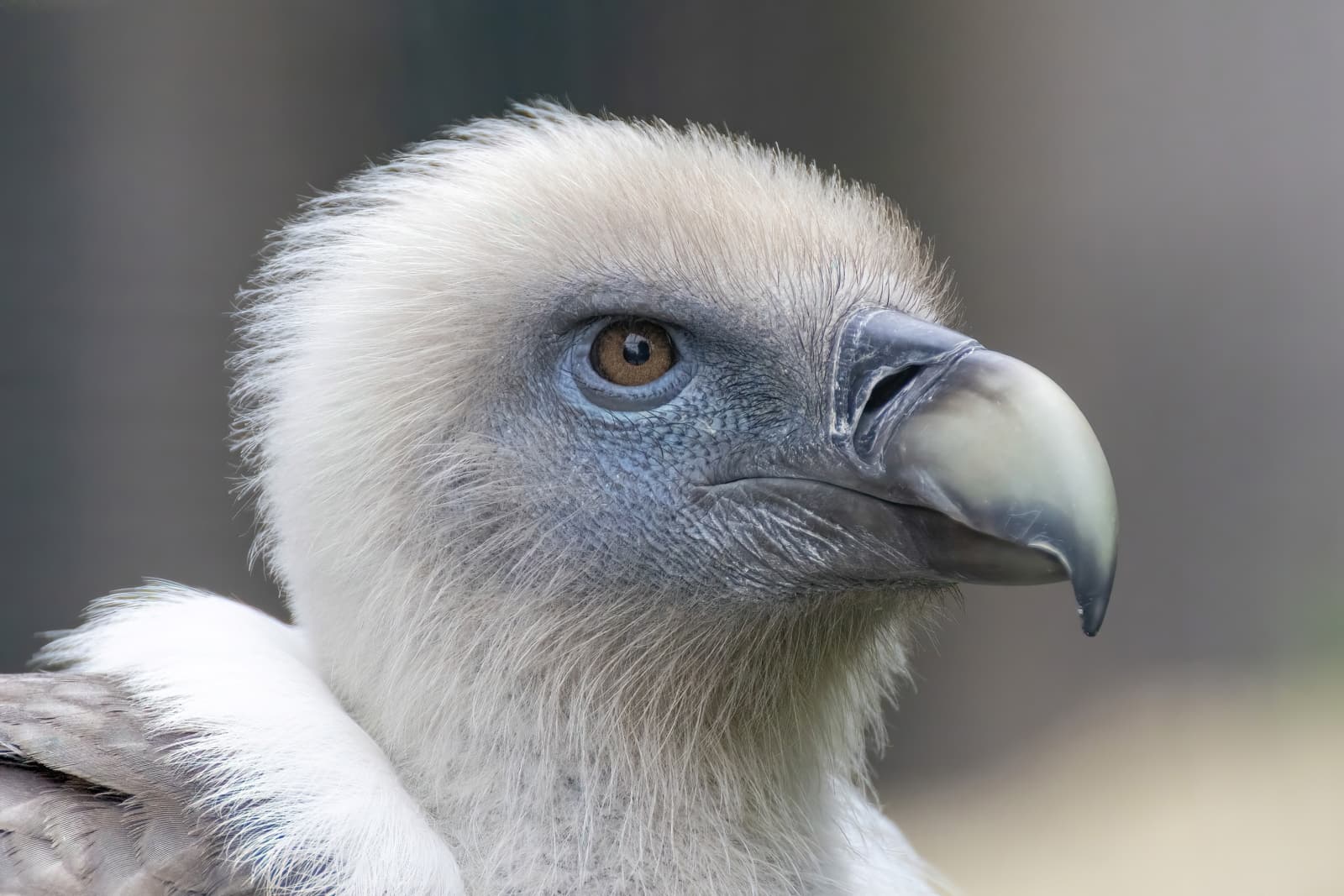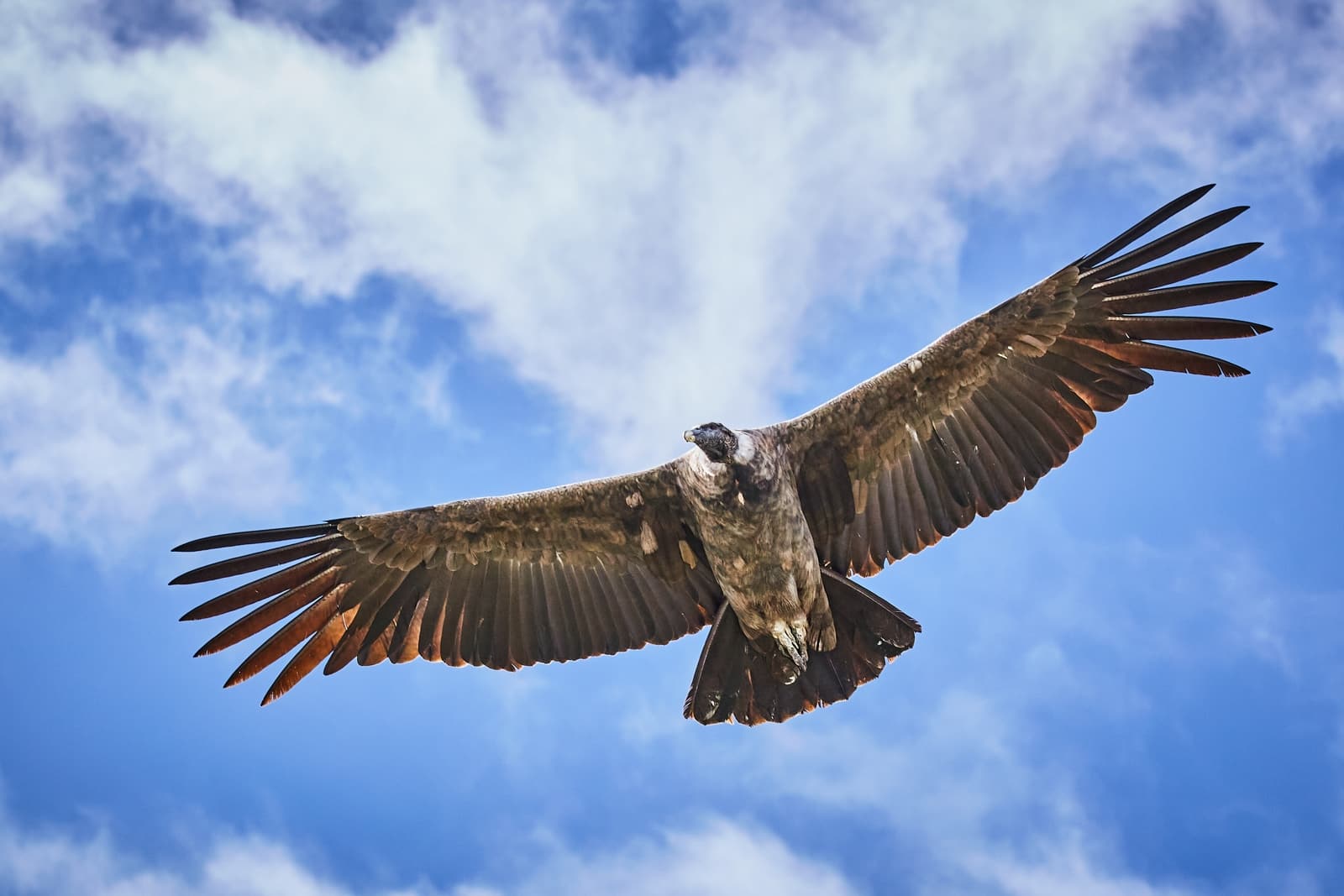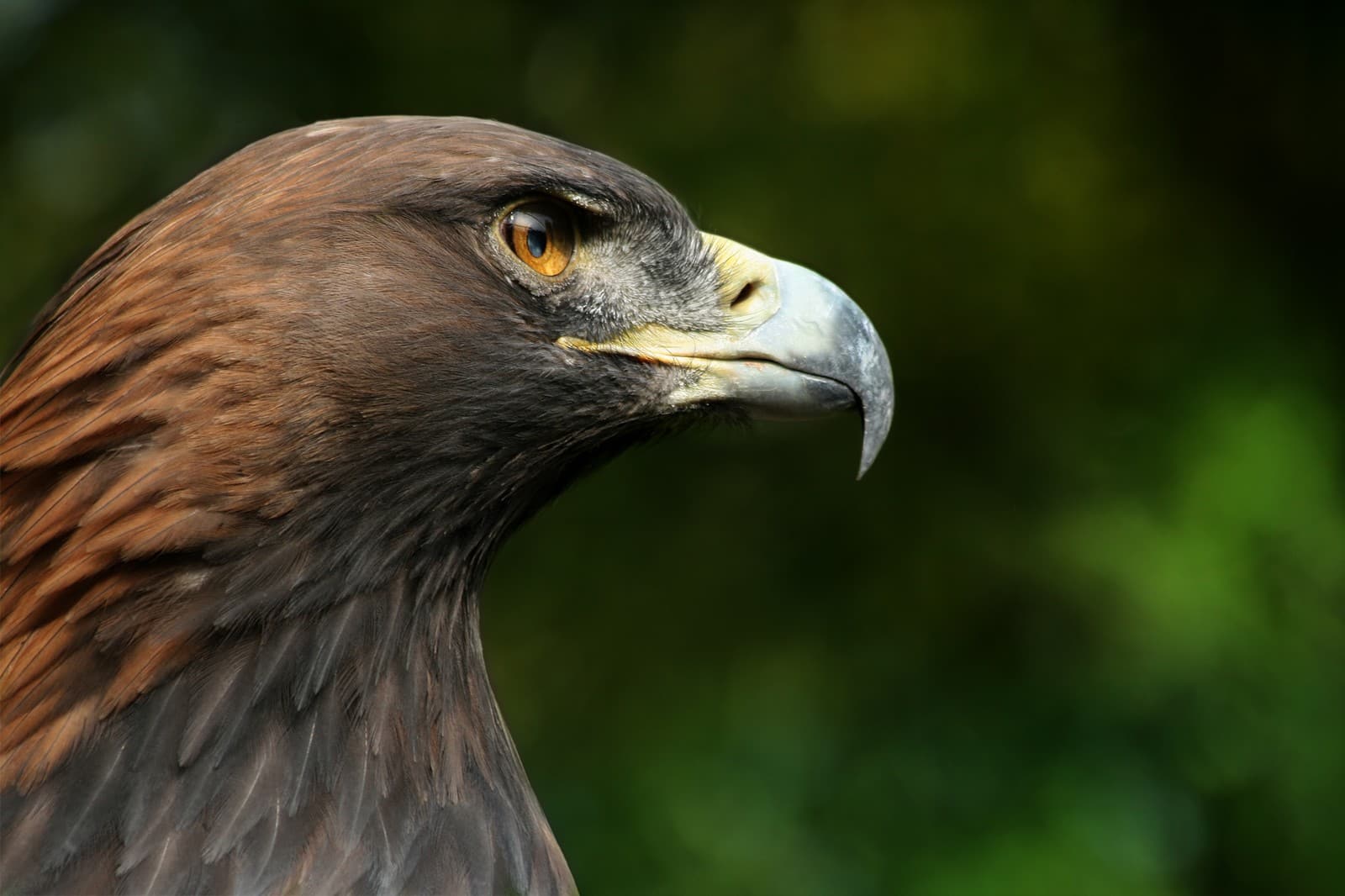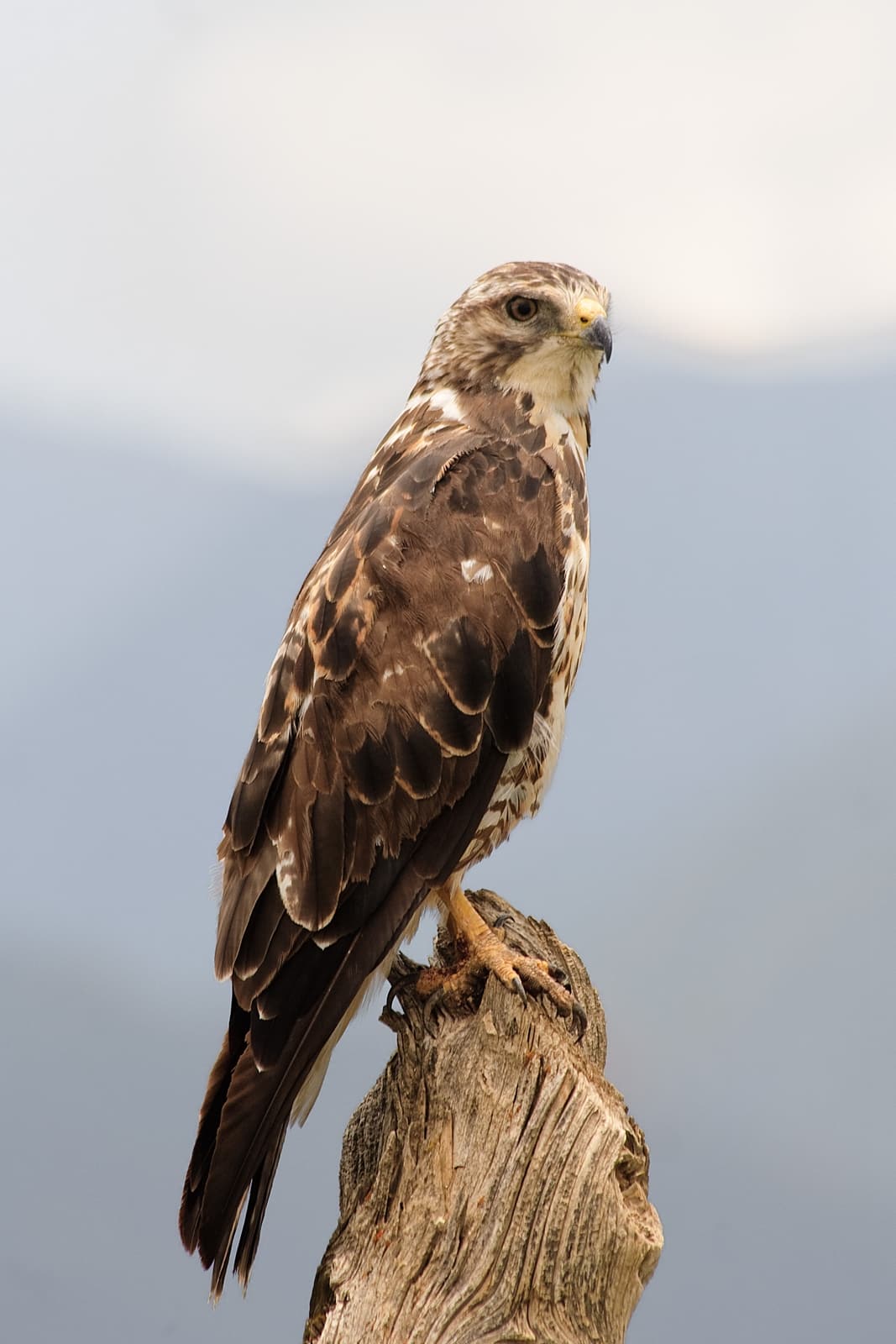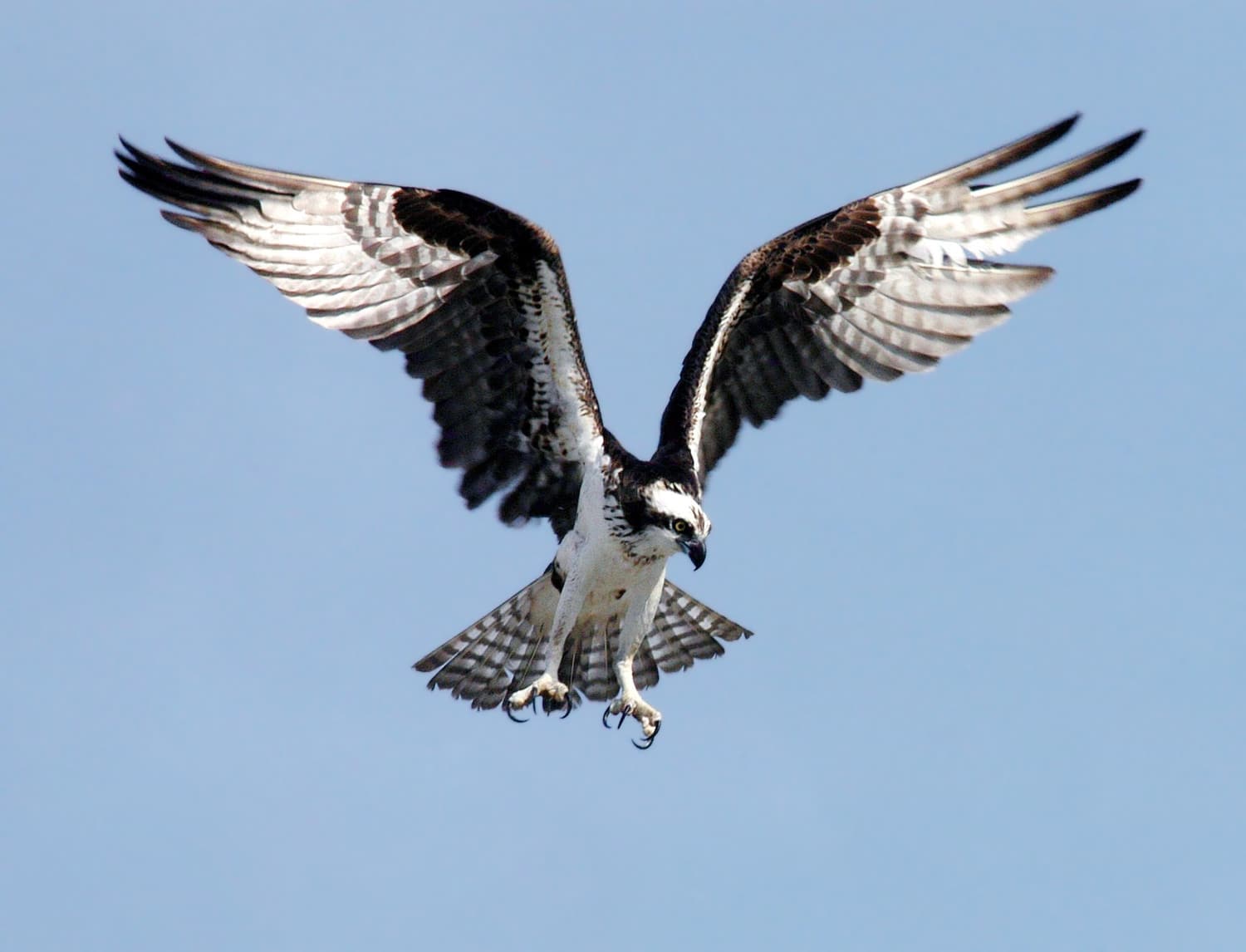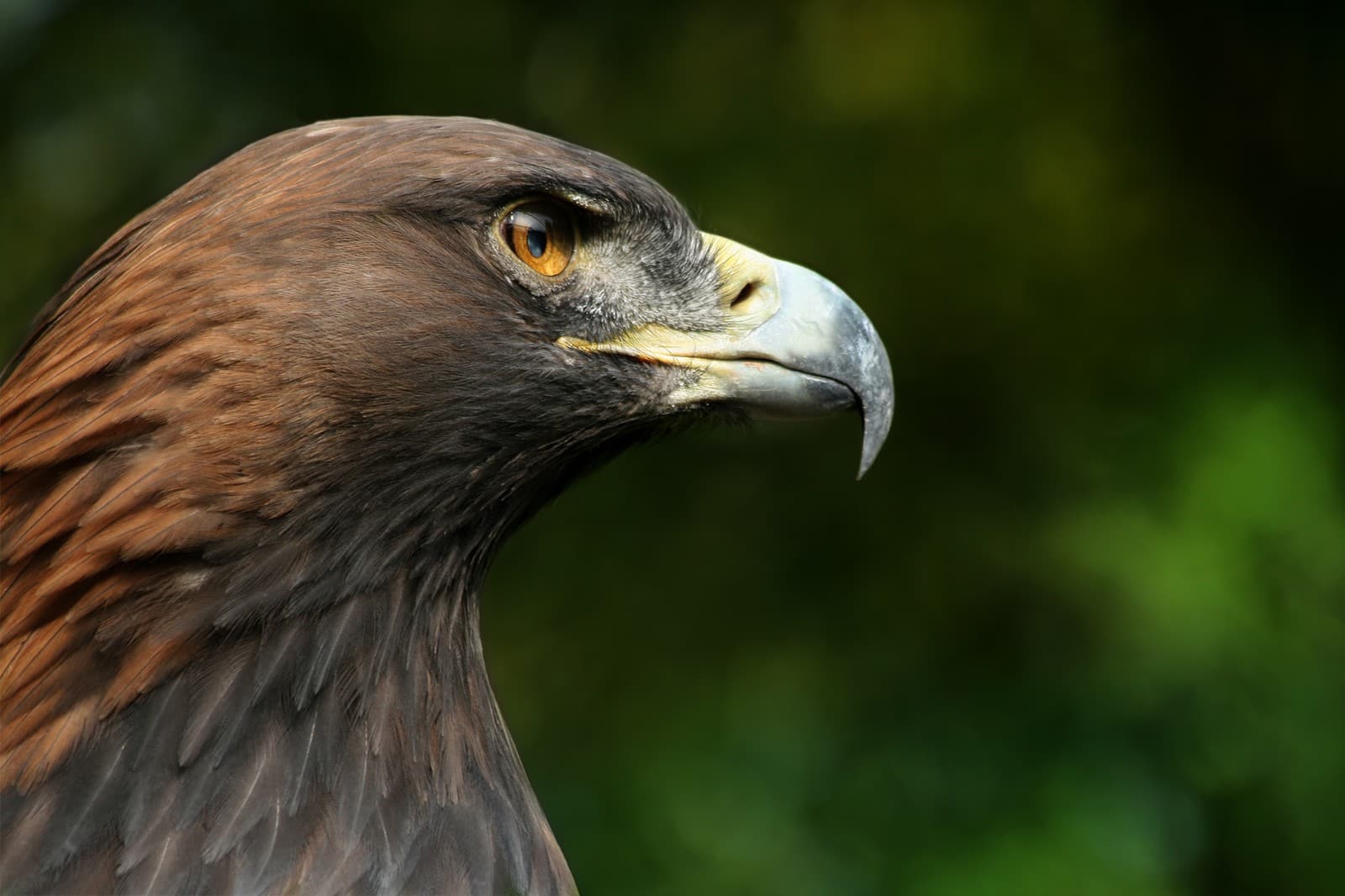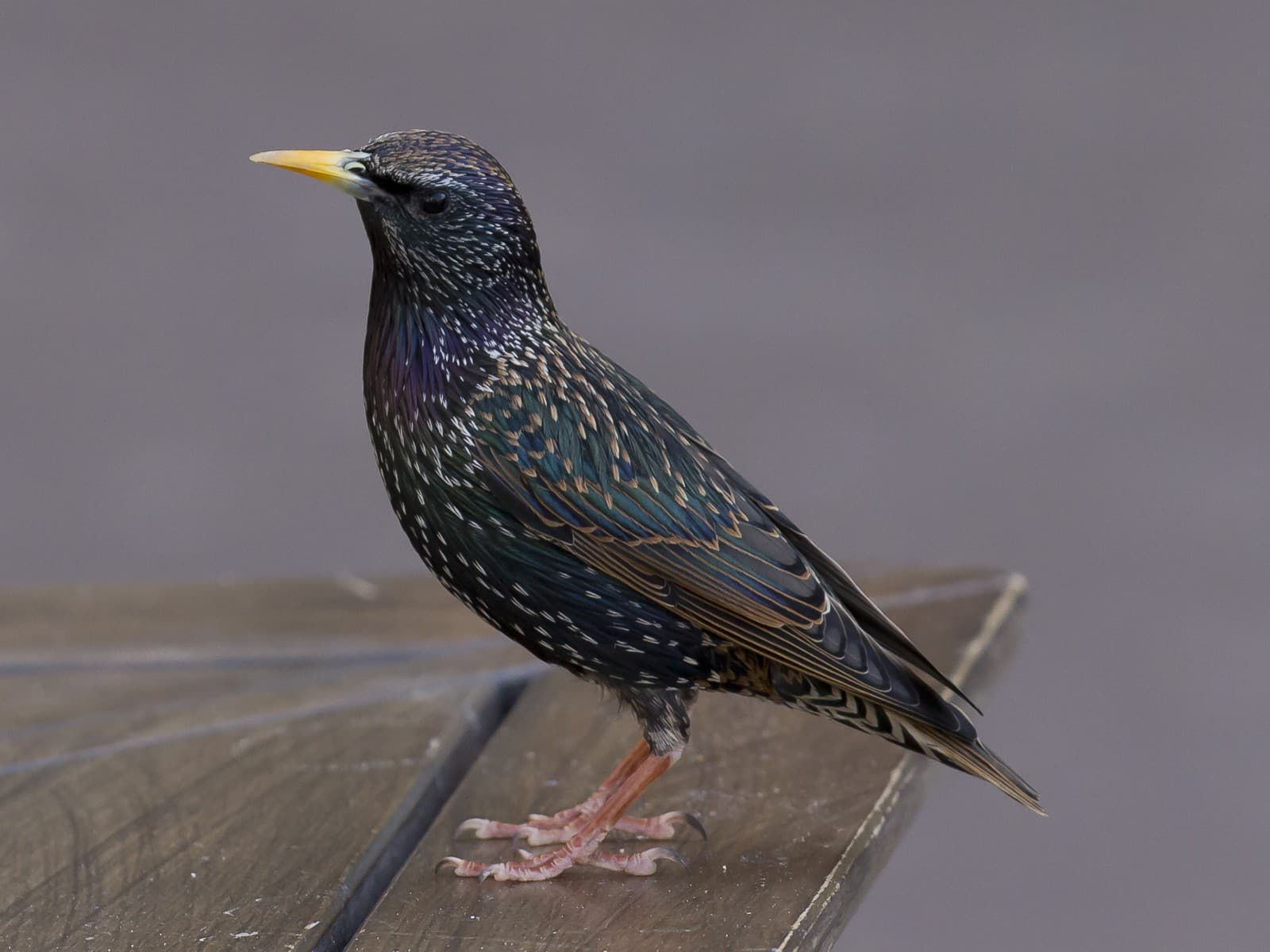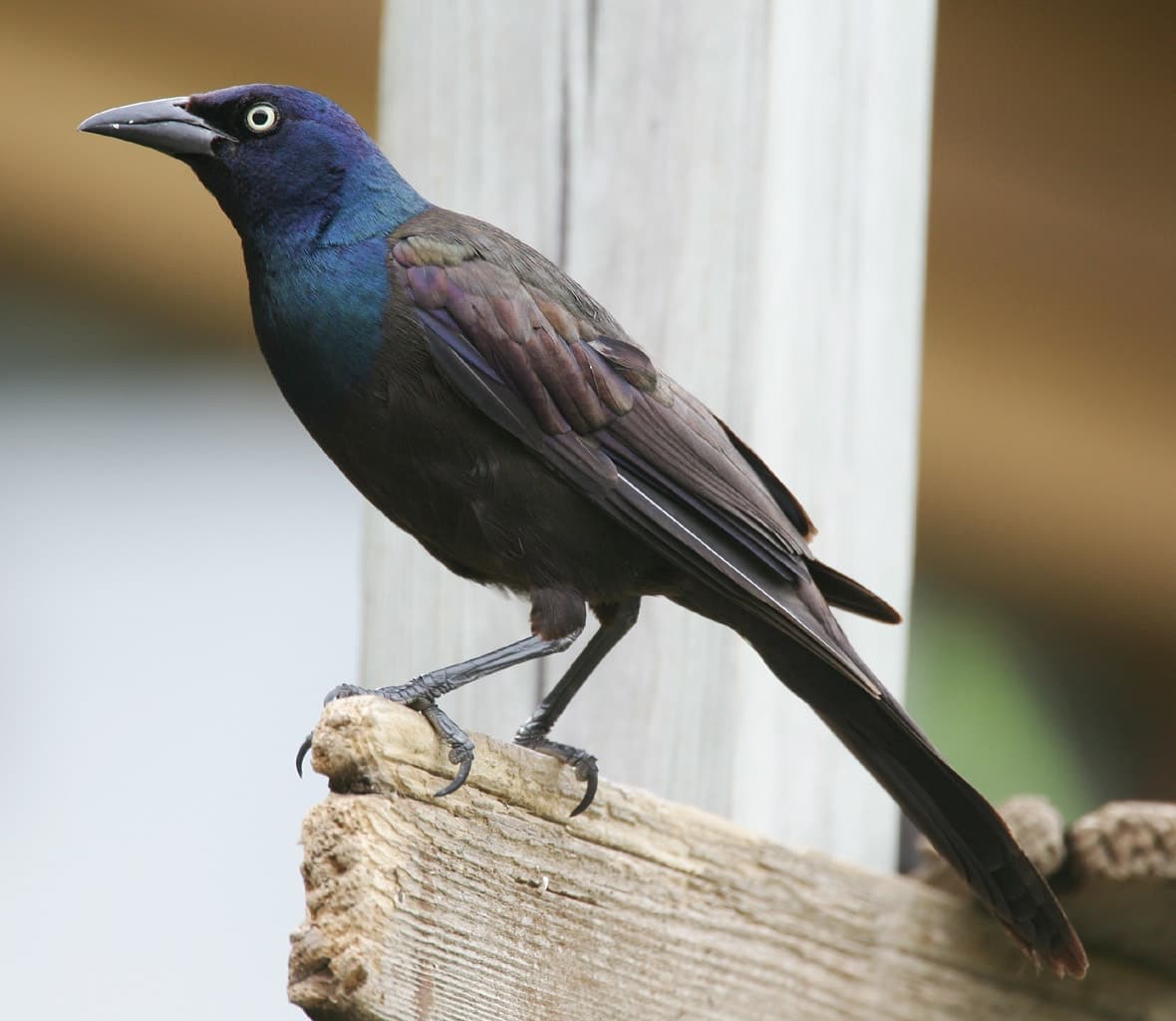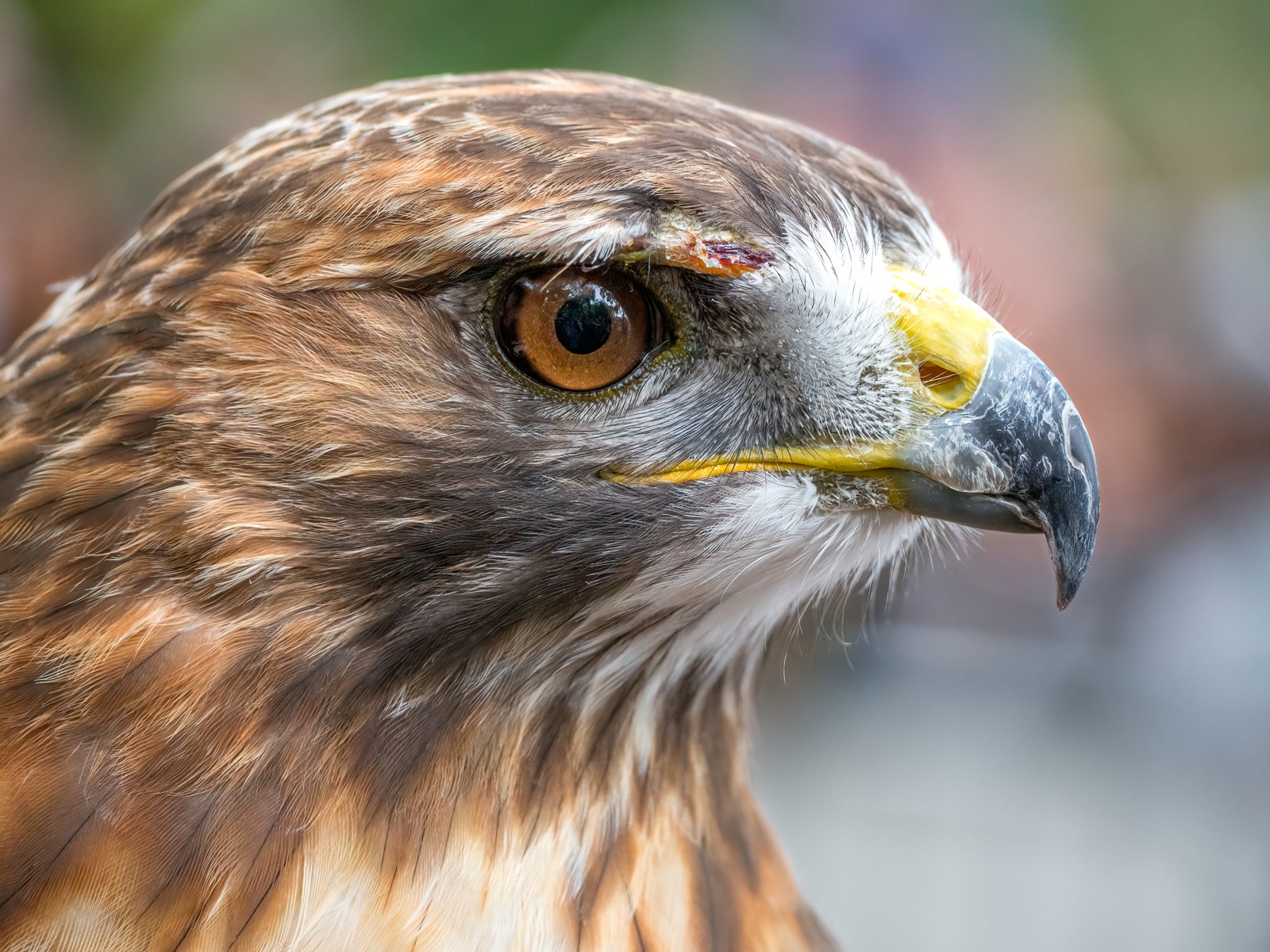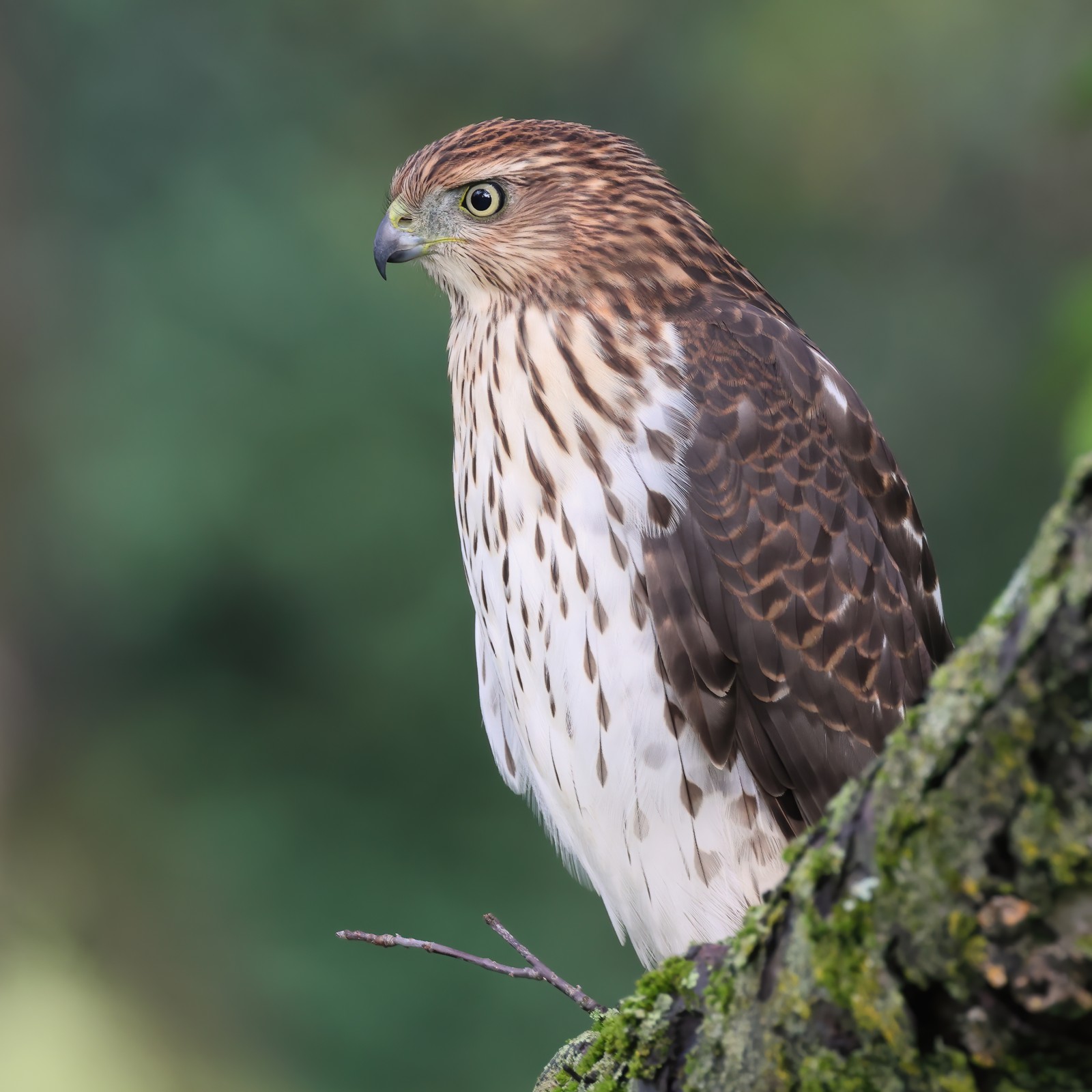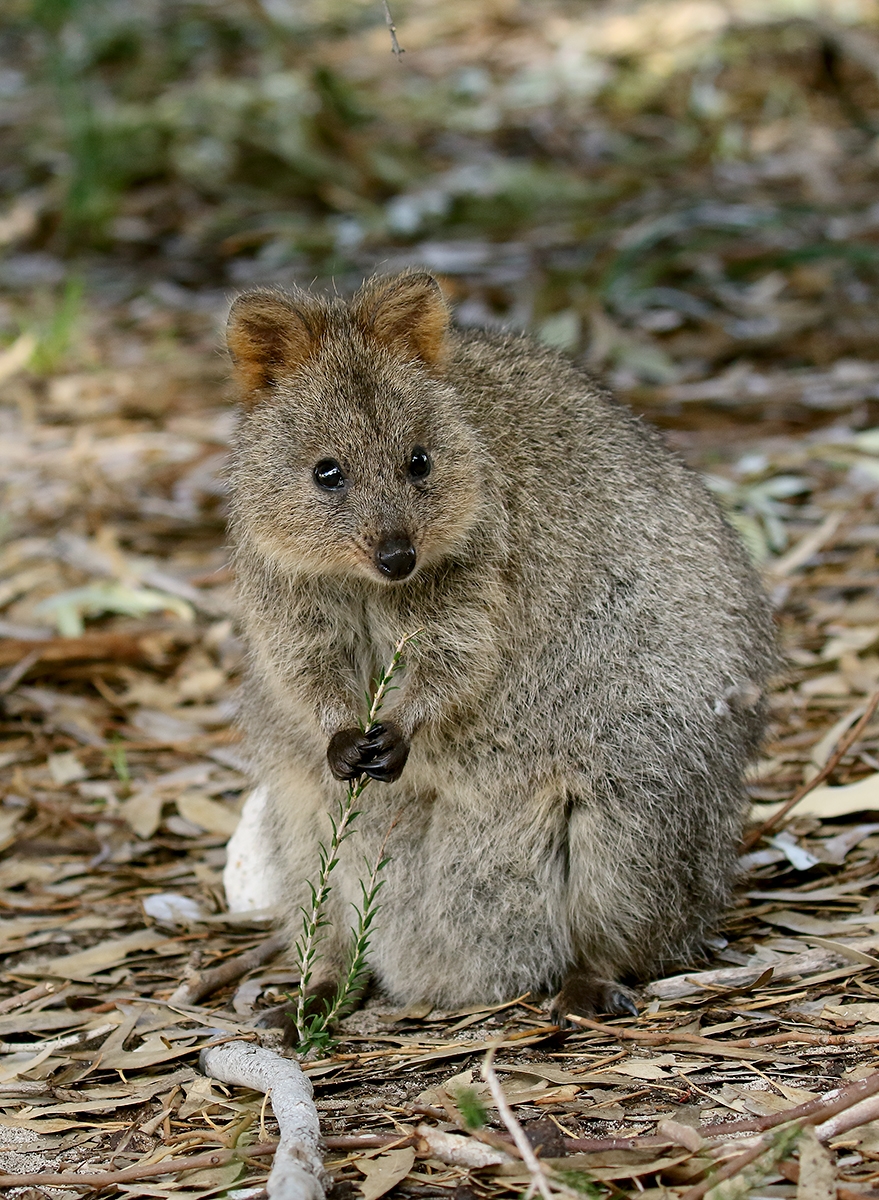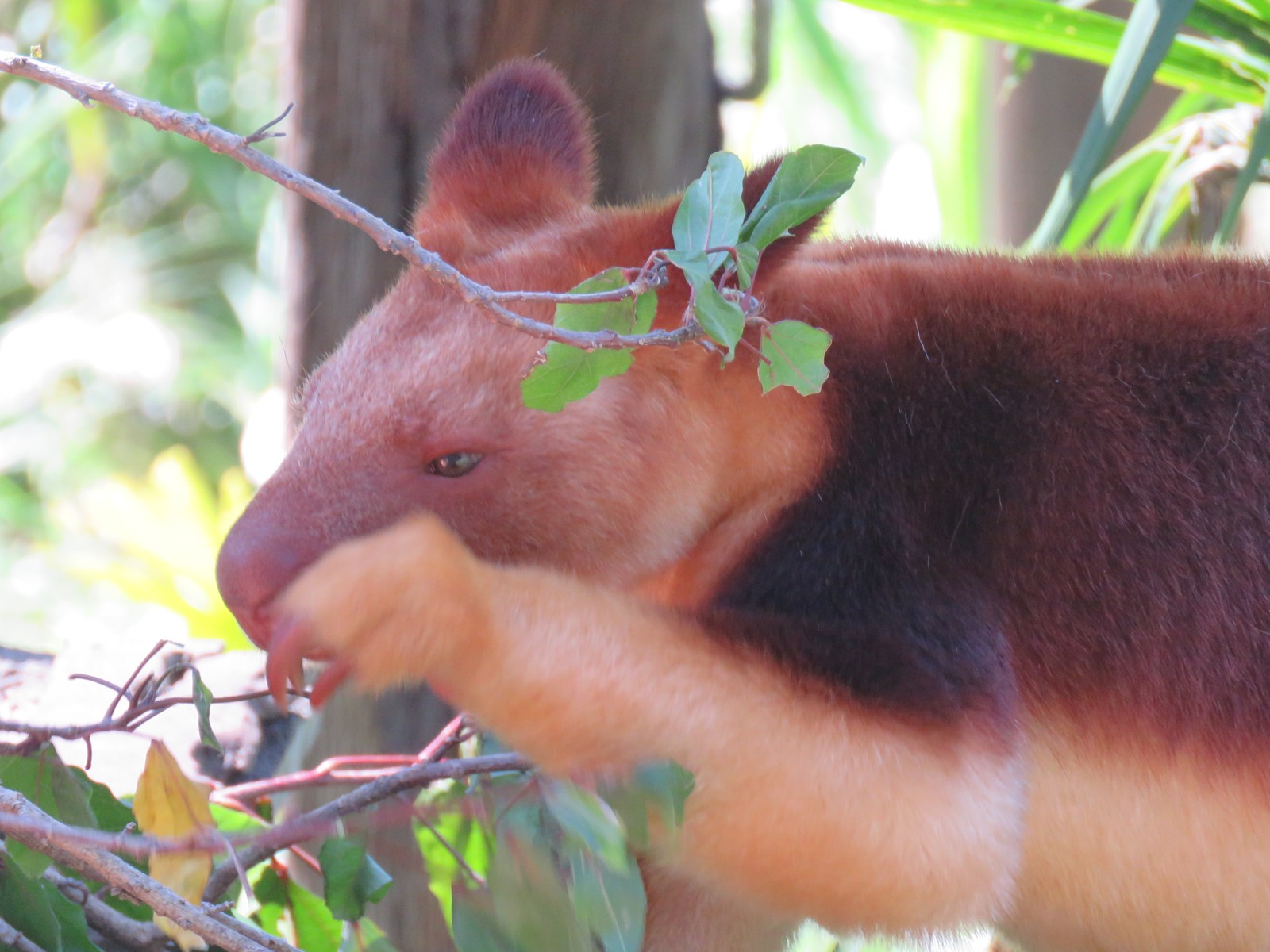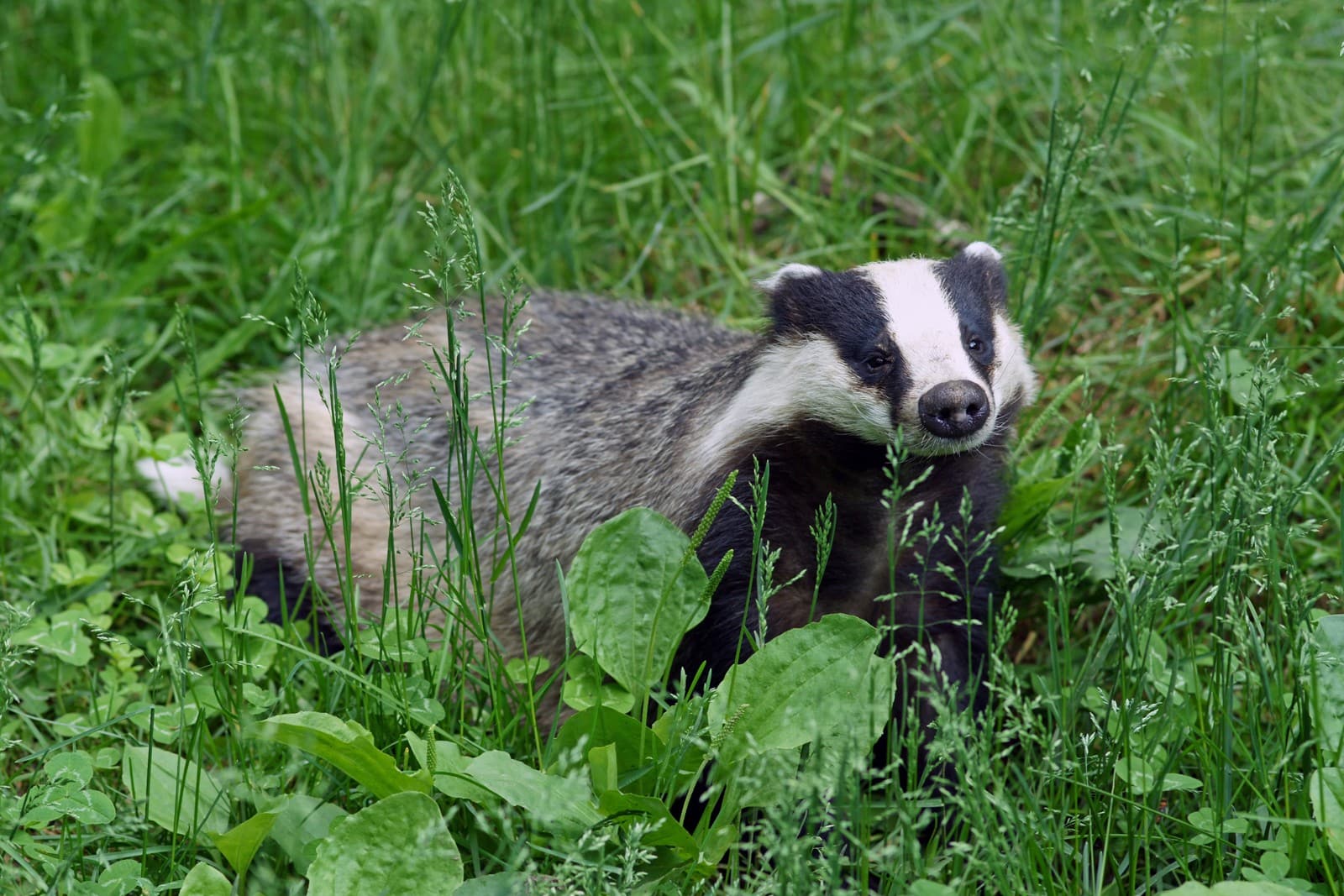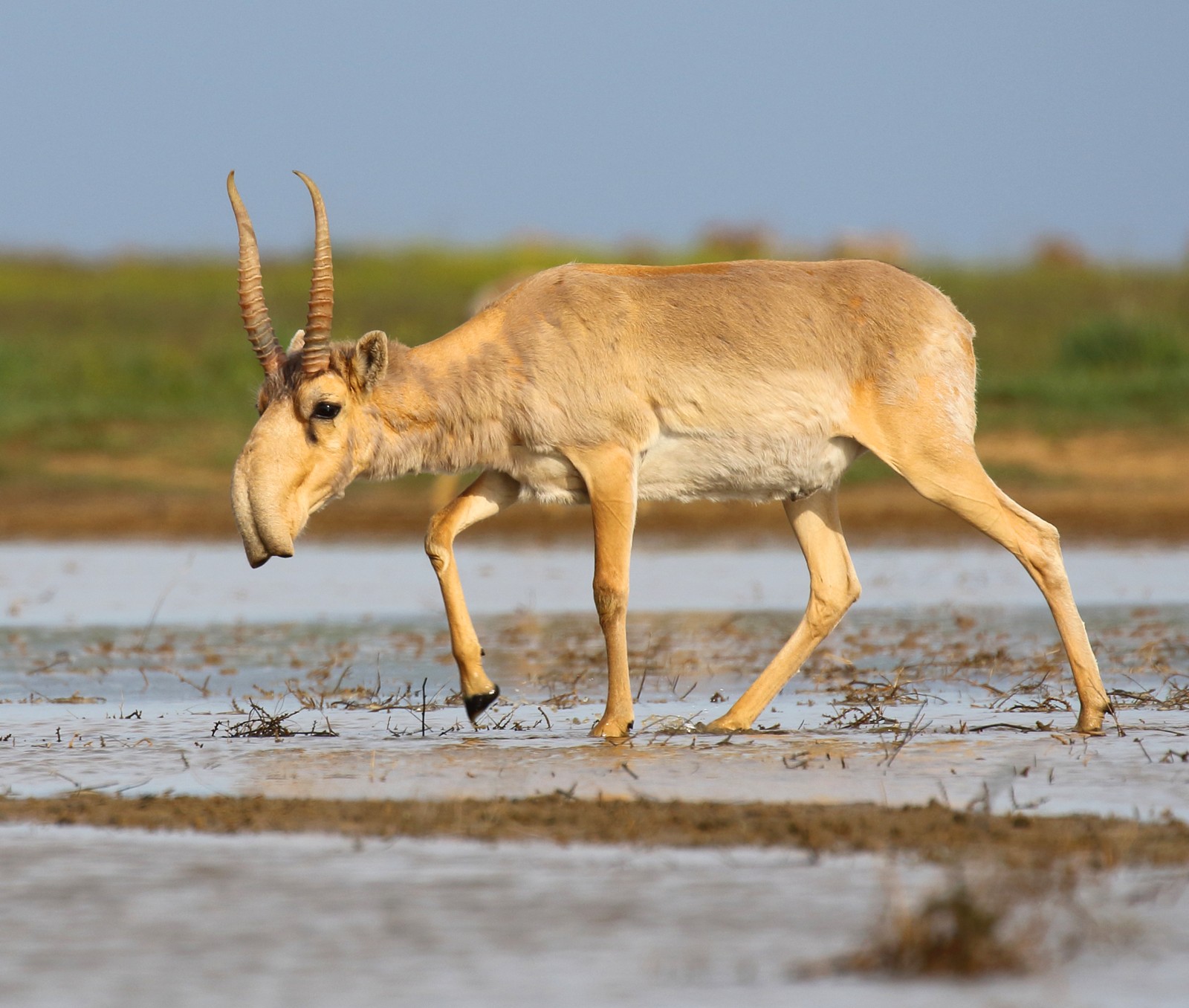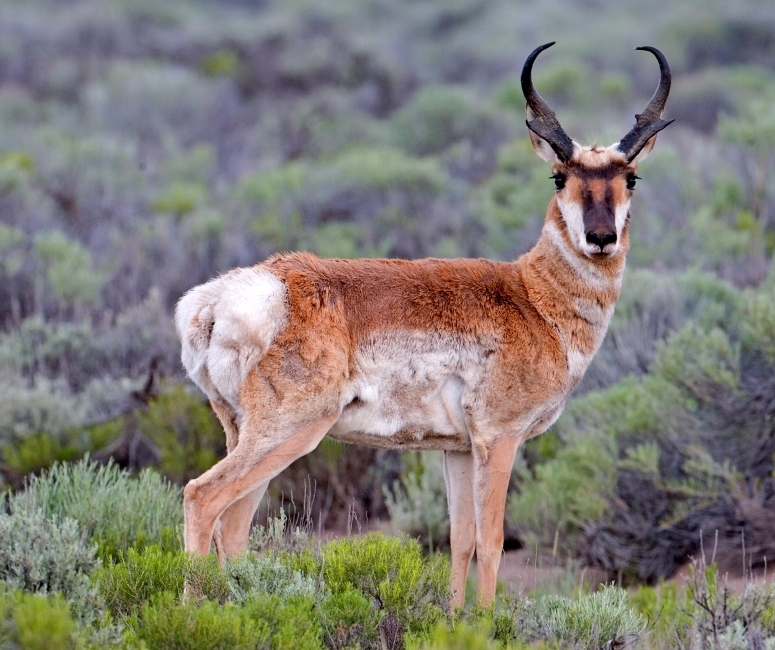Vulture vs Eagle: A Complete Comparison
While both vultures and eagles belong to the raptor family, these magnificent birds have evolved to fill drastically different ecological niches. Eagles are active predators with keen eyesight capable of spotting prey from 2 miles (3.2 km) away, while vultures are nature’s cleanup crew, equipped with highly acidic stomachs that can neutralize deadly bacteria. The largest eagles, like the Stellar’s Sea Eagle, can weigh up to 20 pounds (9 kg), whereas the heaviest vulture, the Andean Condor, can reach an impressive 33 pounds (15 kg).
These remarkable differences extend far beyond size. Eagles possess powerful, feathered heads and razor-sharp talons designed for hunting live prey, while vultures feature distinctive bare heads and weaker feet adapted for walking and scavenging. Understanding these contrasts reveals how each species has mastered its unique role in the ecosystem.
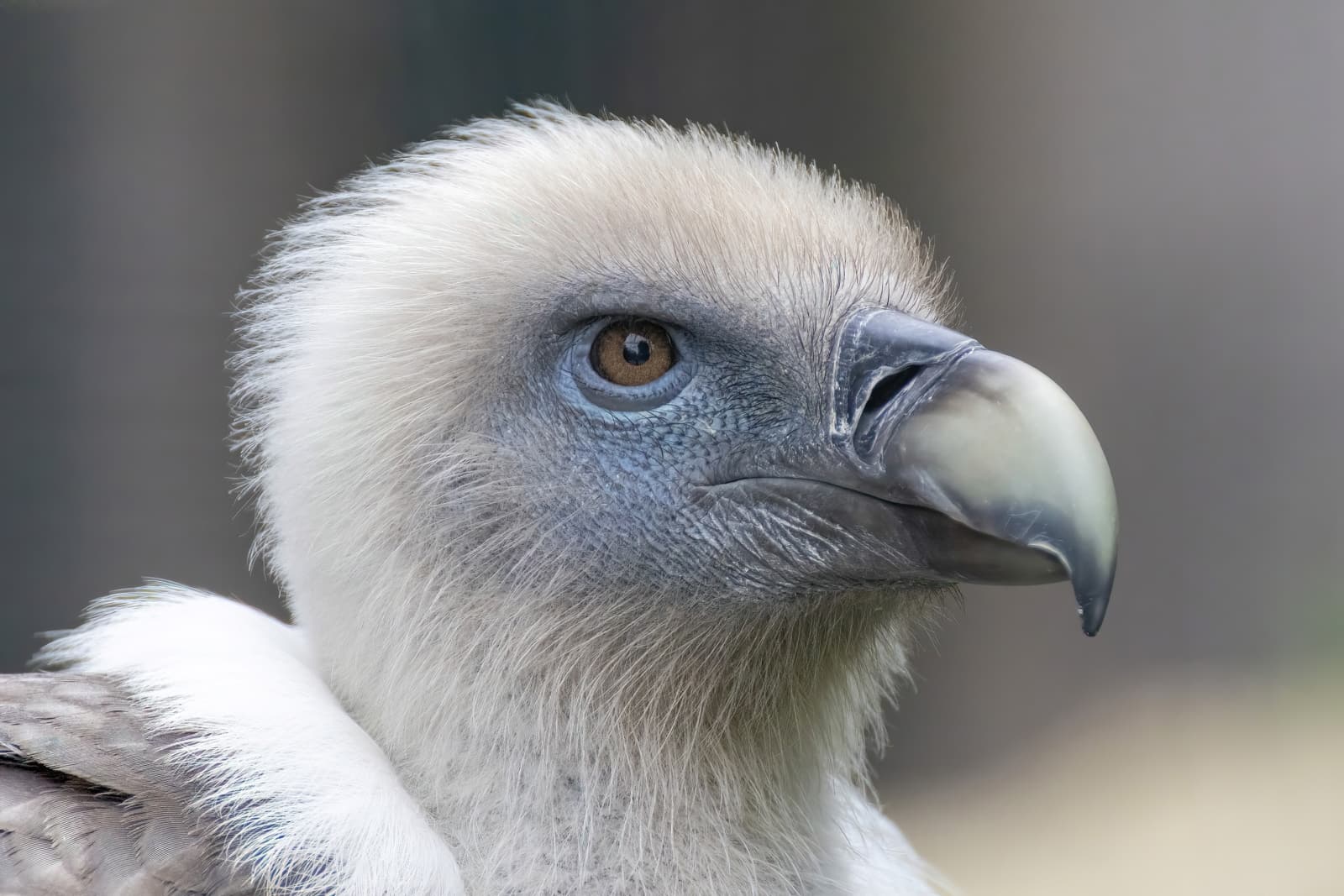
© Alexis LOURS / CC BY 4.0
The Himalayan Griffon Vulture exemplifies classic vulture adaptations with its bare head and powerful beak designed for efficient scavenging. Unlike eagles, vultures have evolved these features specifically for feeding on carrion without fouling their feathers.
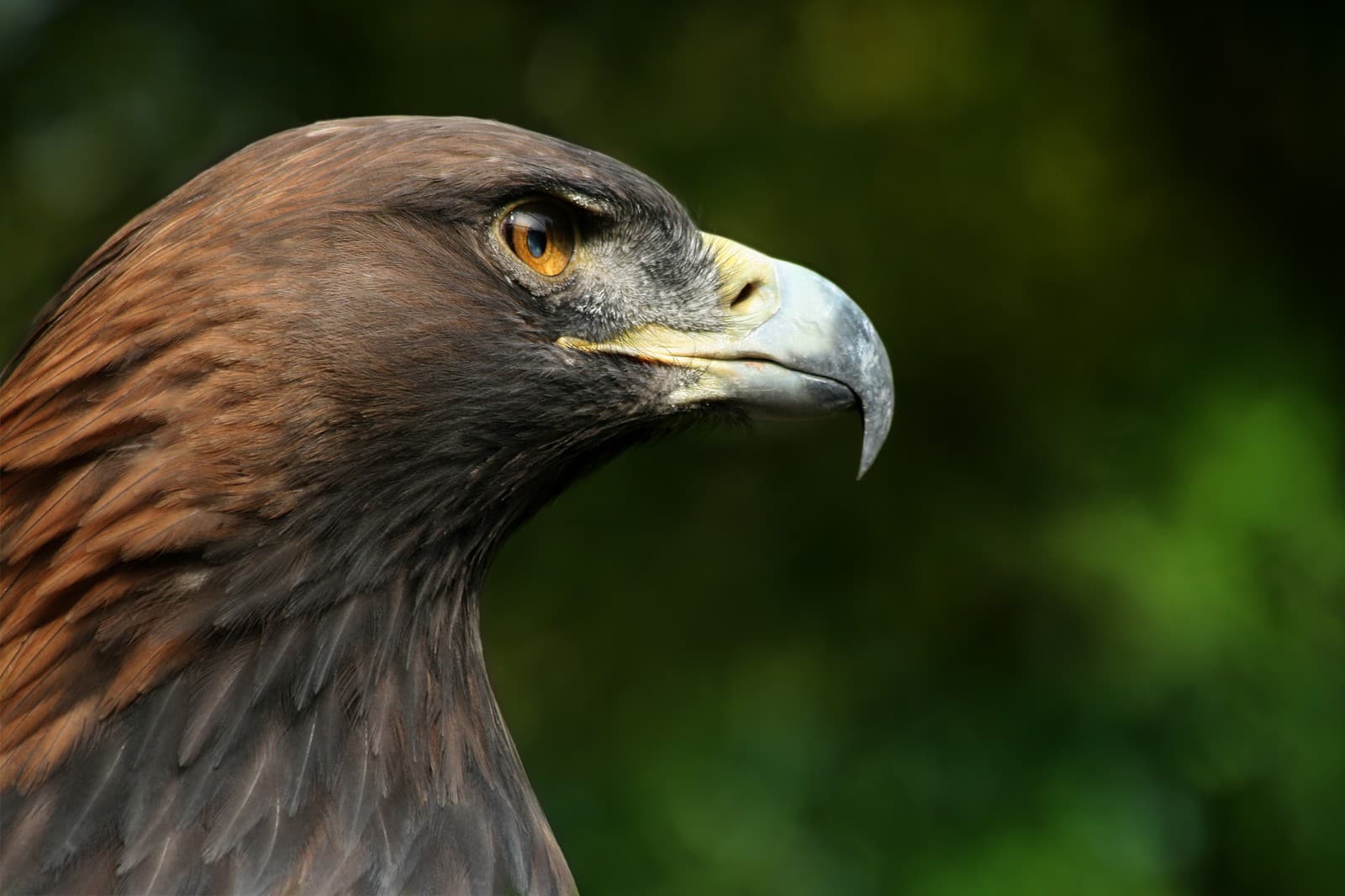
© Richard Bartz, Munich aka Makro Freak / CC BY-SA 2.5
The Golden Eagle demonstrates the characteristic features of eagles, including its fully-feathered head and piercing eyes designed for spotting live prey. These adaptations reflect its role as an active predator rather than a scavenger.
Key Differences Between Vultures and Eagles
| Feature | Vulture | Eagle |
|---|---|---|
| Head Features | Bare skin, no feathers | Fully feathered head |
| Diet | Primarily carrion | Live prey (mammals, birds, fish) |
| Foot Structure | Weaker feet, adapted for walking | Powerful talons for hunting |
| Eyesight | Good, specialized in spotting carrion | Exceptional, up to 8x human vision |
| Digestive System | Highly acidic stomach (pH 1) | Standard raptor digestion |
| Social Behavior | Often feed in groups | Typically solitary hunters |
Hunting and Feeding Behavior
Eagles are masterful hunters, capable of reaching speeds of 200 mph (322 km/h) during hunting dives. They rely on their exceptional eyesight and powerful talons to capture live prey, from fish to mammals. In contrast, vultures are nature’s efficient recyclers, using their keen sense of smell to locate carrion from up to 1 mile (1.6 km) away. Their unique digestive system allows them to consume decomposing flesh that would be lethal to most other animals.
Physical Adaptations
Flight Characteristics
Vultures excel at soaring, using thermal currents to stay aloft for hours while expending minimal energy. Their wingspan can reach up to 10 feet (3 meters) in some species. Eagles, while also capable soaring birds, have evolved more maneuverable wings for active hunting, typically spanning 6-8 feet (1.8-2.4 meters).
Specialized Features
Eagles possess binocular vision that’s among the sharpest in the animal kingdom, with eyesight up to 8 times more powerful than human vision. Vultures, meanwhile, have developed bare heads that prevent bacteria-laden carrion from sticking to their feathers, and immune systems capable of neutralizing deadly pathogens.
Habitat and Distribution
While both species can be found globally, eagles tend to require territories with abundant live prey and suitable hunting grounds. Vultures are more adaptable, thriving wherever carrion is available, from African savannas to South American mountains. Some species, like the Turkey Vulture, have even adapted to urban environments.
Conservation Status
Both vultures and eagles face significant challenges in the modern world. Eagle populations have rebounded in many regions thanks to conservation efforts and pesticide bans, while vulture populations, particularly in Asia, have experienced catastrophic declines due to poisoning from veterinary drugs in livestock carcasses.
Who Would Win in a Confrontation?
While such encounters are rare in nature, eagles generally dominate in direct confrontations due to their superior hunting adaptations. Their powerful talons and aggressive hunting instincts give them a significant advantage over vultures, which have evolved for scavenging rather than combat. However, vultures often prevail in passive confrontations through their ability to consume carrion that would be toxic to eagles.
